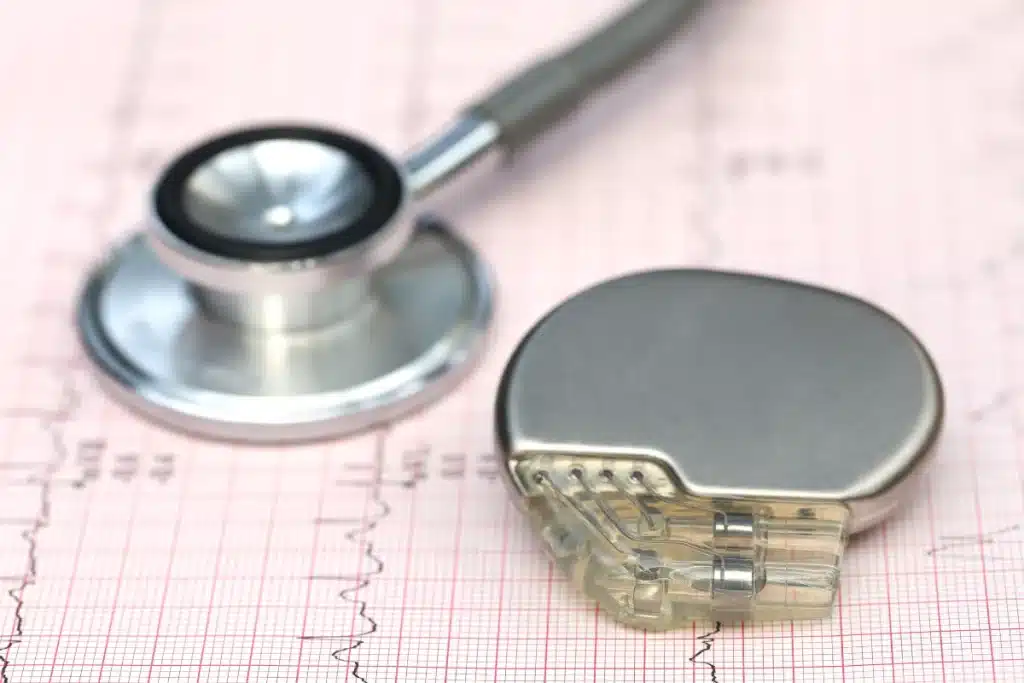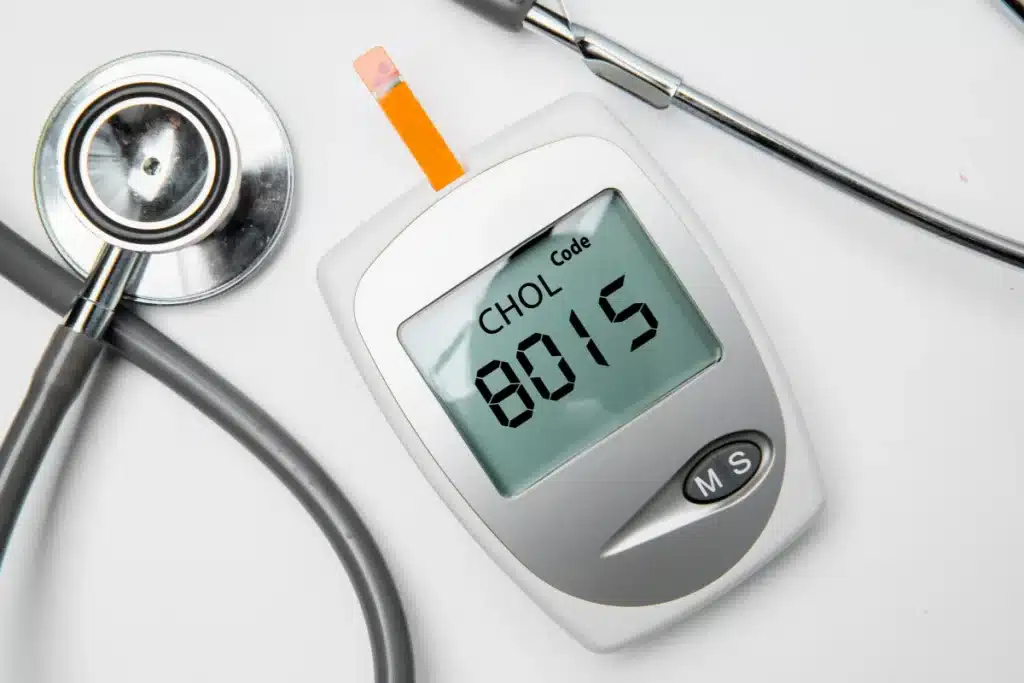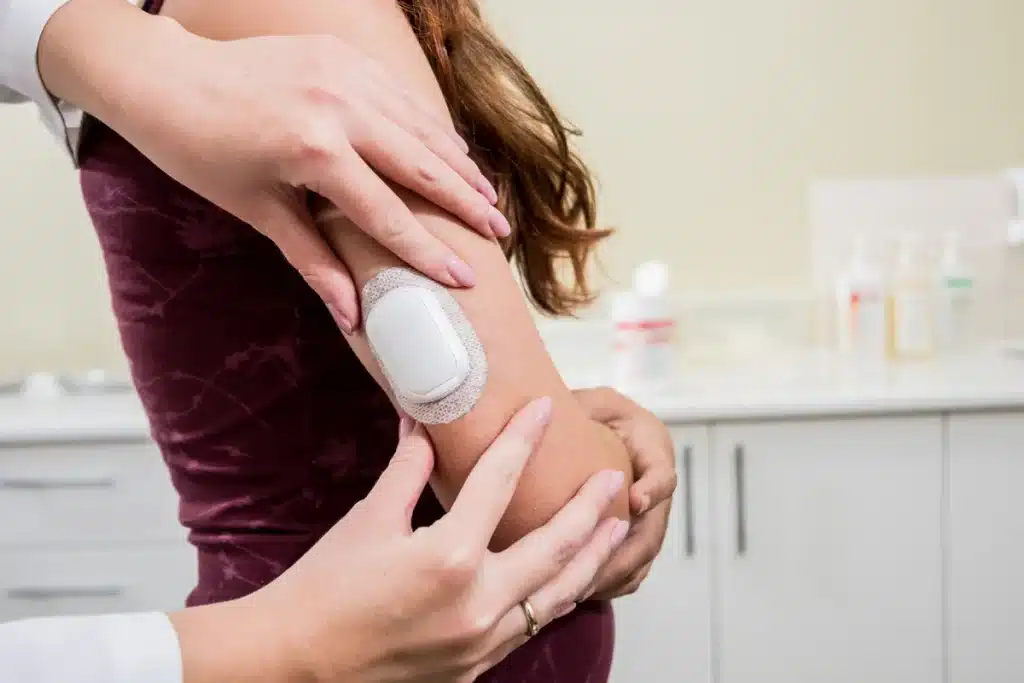Medical devices need to be updated from time to time. Such types of equipment are heavily regulated to ensure they meet safety standards. As such, manufacturers have to update these devices regularly. This can mean updating software, adding accessories, or adding more features to a particular device. As a medical manufacturer, to maintain your competitive position and eliminate the disruptions and challenges that accompany this field, you have to adopt an ERP system.
It will add tremendous value to you, particularly in managing medical device updates. How does a tool like GoldFinch ERP help manufacturers update their medical devices? Let’s take a look.
Regulatory Compliance Management
According to the World Health Organization (WHO), there are more than 2 million medical devices used in the world today—these range from pacemakers to implants and infusion pumps, among others. For obvious reasons, these devices need to be safe and reliable. That’s why there are regulations medical device manufacturers need to adhere to. An ERP tool ensures manufacturers adhere to these regulatory requirements. It can track regulatory changes and ensure medical devices align with current laws and standards.
For example, if an update is needed due to a regulation change, the ERP system will alert the necessary teams and guide them to ensure compliance. This could involve adjusting manufacturing processes, labeling, or clinical data documentation.
Quality Control and Traceability
ERP systems allow for better quality control by tracking and documenting each step in the manufacturing process. This traceability is essential for identifying and addressing issues arising from the update process. If manufacturers update medical devices, they need to track which devices have received an update and which have yet to. An ERP system maintains records of each device, including update history. This ensures that all quality issues can be traced and corrective actions taken.
Supply Chain Management
ERP tools come in handy when it comes to supply chain management. They allow manufacturers to manage sourcing materials or components for updating these devices. This promotes timely and cost-effective updates to medical devices. Even when a decision to revise an instrument has been made, an ERP tool can quickly assess the impact of that decision on the supply chain and adjust production schedules as needed. For example, if an update requires extra components, an ERP tool can schedule increased production of these components to align with the update rollout.
Project Management
An ERP system features tools that allow for detailed project planning when a medical device needs updating. It will enable the creation of comprehensive project plans, including setting timelines and allocating and scheduling tasks. For example, if a new update involves incorporating wireless communication capabilities into a device, the tool can help prepare the necessary activities, including prototype testing.
Another way an ERP tool helps with medical device updates through project management is through resource allocation. It enables a manufacturer to allocate resources through various stages of the project. This could mean assigning an engineering team for the design phase, ensuring the testing equipment is available, and appointing production lines for manufacturing the updated device.
Customer Relations Management
Another way an ERP tool helps manage medical device updates is customer relationship management. There’s a reason customer feedback is important when running a business. In medical devices, you want to understand how a medical device performs in the real world. An ERP like GoldFinch offers CRM capabilities to help collect customer feedback thanks to its native integration with Salesforce. Manufacturers can gather feedback on the updated devices’ usability, effectiveness, and potential issues.
The collected data is valuable. An ERP/CRM combination can help analyze this data and identify areas of satisfaction and common concerns. This analysis reveals whether the new updates are meeting the intended goals.
Promotes Communication and Collaboration
An ERP acts as a central database for all information related to a medical device—including design documents, quality checks, regulatory compliance data, manufacturing processes, etc. If the design team changes the designs, all other teams can access this information as it’s updated in the ERP system.
In addition, an ERP tool streamlines workflows across departments. It maps workflows and ensures all tasks related to device updates are appropriately assigned and tracked. For example, suppose the regulatory team wants specific tests to be conducted before a device update can be approved. In that case, an ERP system ensures the tasks are set up and followed through.
Data Analysis and Reporting
Manufacturers can use ERP tools to analyze and report on data related to medical device updates. The tool can collect data about the update of each device. This includes times, dates, type of hardware (software or hardware), and issues encountered during the update process. This data can be analyzed to assess the effectiveness of the update process. For instance, a manufacturer can evaluate how long it takes to roll out an update.
By analyzing data on device updates, manufacturers can identify trends and patterns, such as specific models requiring frequent updates. In addition, data analysis can inform future product development. For instance, if a particular device experiences issues after an update might indicate a need for design changes.
Reduce Costs
Lastly, an ERP tool helps cut costs by managing medical device updates. For example, we have seen that it enables manufacturers to comply with regulations. The dangers of not complying with these laws include facing penalties or losing customers, which translates to losing money. The tools also help manufacturers get feedback about product updates and make adjustments where needed. Satisfying customers is one of the ways to increase sales.
Manage Medical Device Updates with GoldFinch ERP
GoldFinch ERP is an excellent solution for medical device manufacturers. It comes with features that make updating medical devices a breeze. The tool has been designed to ensure medical device manufacturers can manage updates efficiently and securely while complying with all necessary regulations.
In addition, it integrates perfectly with various processes involved in updating medical devices. This integration boosts performance and improves operations.
To learn more about how you can manage medical device updates with ERP, reach out to GoldFinch today.


